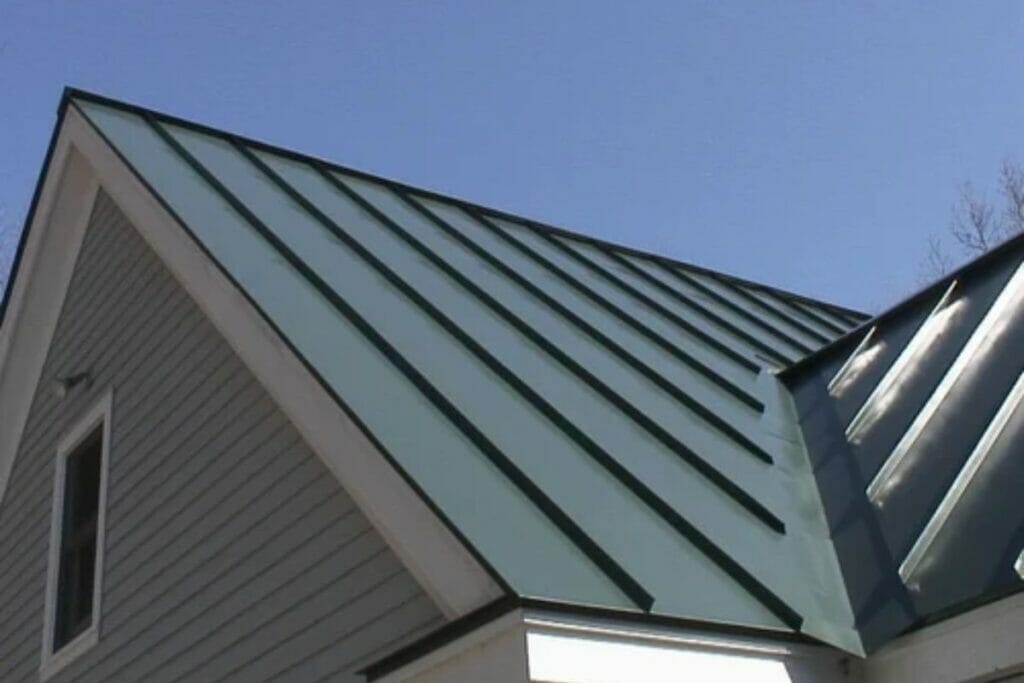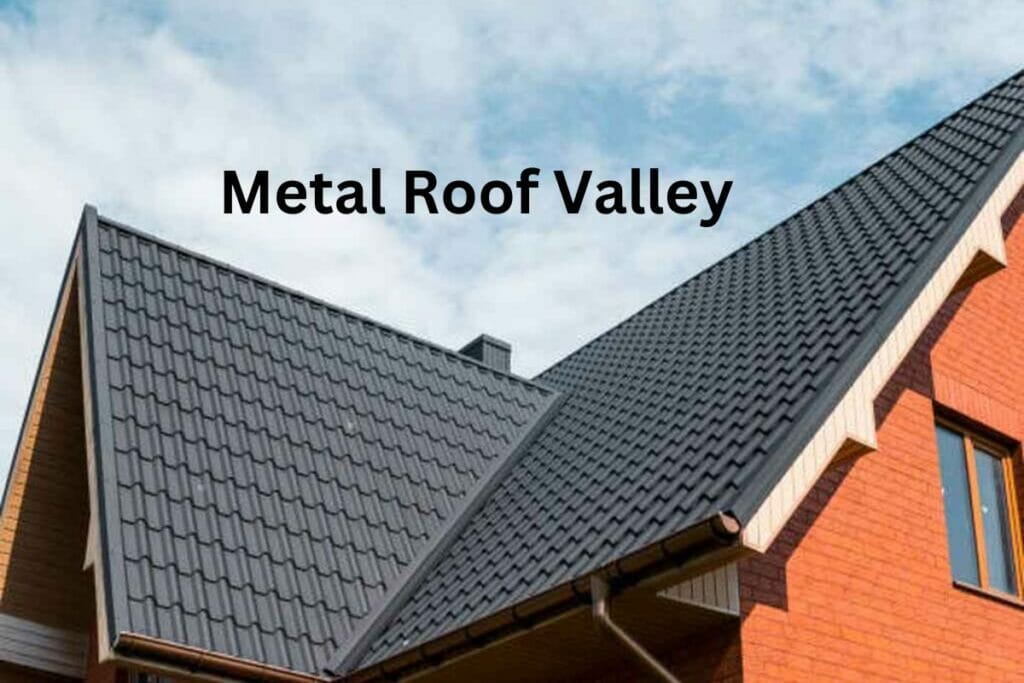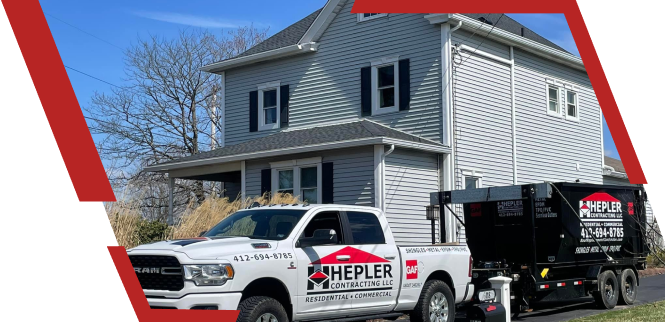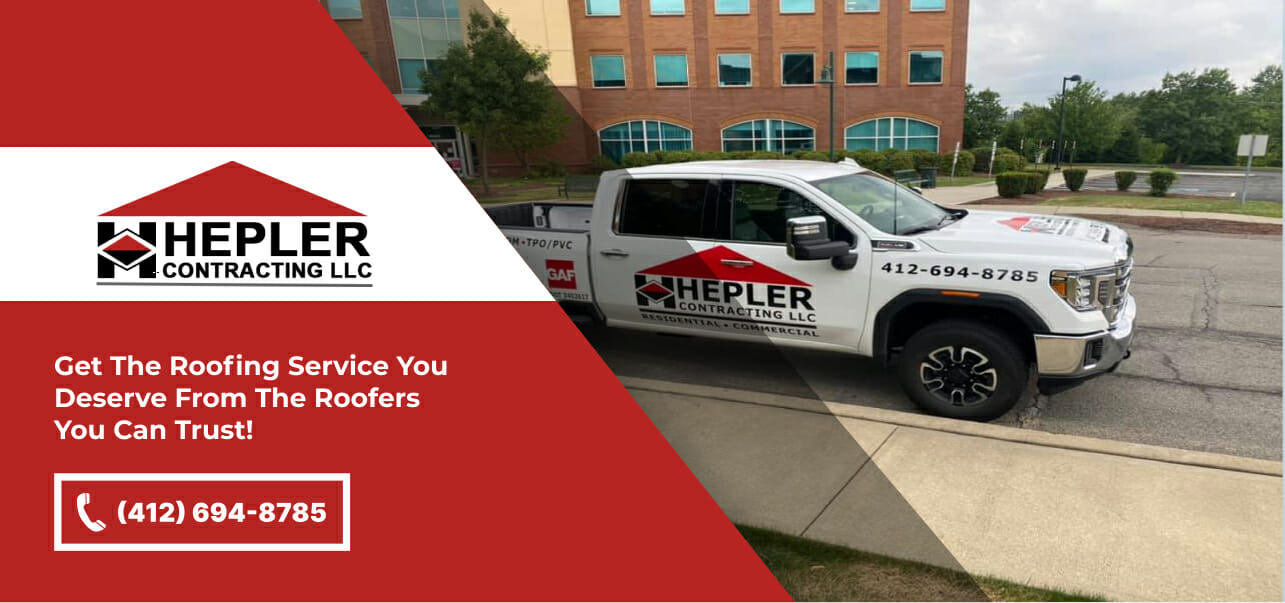Installing a metal roof valley is a complex process that requires precision and expertise. Installing a roof metal valley can be a challenging task, but with the right knowledge and tools, you can do it yourself and enjoy the long-lasting benefits. This comprehensive guide will walk you through the step-by-step installation process and provide three essential tips to keep in mind for a professional and durable installation.
Understanding The Importance Of Metal Roof Valleys
Roof valleys are essential in directing water runoff away from your roof and into the gutter system. They act as channels that prevent water from pooling and causing potential damage. With proper installation, you can protect your home from leaks, water damage, and structural issues.
There are two primary roof valleys: open and closed. Each has benefits, but it is important to understand them both before choosing which is best for your home. Let’s dive deeper into the types.
Types Of Roof Valleys
Before getting into the installation process of a metal roof valley, it’s essential to familiarize yourself with the different types of roof valleys.
- Closed Valleys: Unlike an open valley, which has an exposed center that’s covered by a metal piece of flashing, a closed valley is named so because the valley is completely covered, or closed up, with the surrounding roofing materials such as shingles. This provides a seamless appearance to the roof, but because it’s only covered by shingles, the valley is still vulnerable to water damage.
- Open Valleys: An open roof valley involves installing the roofing material up until the valley edge. Where the underlayment is still exposed, a piece of metal flashing is installed to channel the water down the rest of the valley into the gutters, reducing the chance of water damage. This is what would be known as a metal roof valley.
Regardless of the type of valley you choose, proper installation is crucial to ensure adequate protection against the elements. However, if you want greater protection from water damage, you’ll want an open valley, where metal roof flashing is part of the installation process. Following these installation steps will result in a durable, watertight metal roof valley.

Step-by-Step Guide to Installing a Metal Roof Valley
Installing a metal roof valley is crucial in safeguarding your home from water damage and other issues. By following this guide, you can have peace of mind knowing your roof is waterproof and leak-free.
Step 1: Get Your Gear and Materials Ready for Roof Flashing
Before you kick off the installation process, make sure you have all the necessary gear and materials on hand. Here’s a rundown of what you’ll need for a job well done:
– Metal valley flashing
– Galvanized roofing nails
– Roofing screws
– Appropriate sealants
– Sturdy ladder
– Measuring tape
– Tin snips
– Trusty mallet
– Safety equipment (gloves, goggles, etc.)
Step 2: Assemble your tools and materials before beginning roof flashing
Take out your measuring tape and measure the valley’s length, adding an extra six inches for adjustments. Be sure to acquire enough flashing material to meet your needs. When purchasing the metal valley flashing, verify that it matches the correct size and type for your specific roof and valley configuration.
Step 3: Ready Your Roof for Flashing Installation
Before you install the metal valley flashing, thoroughly clean the roof’s surface, removing any debris. Clear the valley area of existing shingles or roofing materials. It’s crucial to create a smooth and level surface for the flashing to rest securely.
Step 4: Place The First Flashing Panel Down
Kick off the installation process at the lower end of the roof by placing the first flashing panel in the valley. Align the panel with the roof’s edge and use one-inch galvanized roofing nails to secure it. Place a nail on each side of the bottom of the flashing panel, approximately one inch from both corners. This will ensure stability and prevent shifting during installation.
Step 5: Attach Flashing Along the Roof
Continue attaching the flashing panel to the roof, moving upwards. Use roofing nails spaced every six inches for a secure and uniform installation. As you progress towards the top of the roof, hold off on nailing the top edge of the flashing for the finishing touch.
Step 6: Install the Second Flashing Panel
Upon reaching the top of the roof, it’s time to install the second flashing panel. Overlap the second panel with the first one by approximately two inches. Secure this panel in place using roofing nails, ensuring the bottom end aligns perfectly with the bottom of the roof. Ensure the lower nails penetrate both flashing panels to create a watertight seal.
Step 7: Cut Away Any Unnecessary Flashing
Climb to the roof’s peak and carefully trim any excess flashing using tin snips. Ensure you have sharp tin snips designed specifically for cutting metal. Trim off any protruding edges or unnecessary material for a neat and professional appearance.
Step 8: Secure The Top Edge Of The Flashing
After trimming the excess flashing, secure the top edge by nailing it down with roofing nails spaced every six inches. This final step ensures the flashing is firmly attached and ready to withstand the elements.
Step 9: Inspect for Proper Sealing
Conduct a thorough inspection of the entire metal roof valley to verify that all joints are tightly sealed and that there are no gaps or vulnerable areas prone to water leakage. Examine the flashing panels for any signs of movement. If necessary, apply appropriate sealants to reinforce the flashing and provide additional protection against water infiltration.
Step 10: Regular Maintenance for Long-Lasting Results
After completing the installation, schedule regular maintenance to ensure the longevity and effectiveness of your flashing. Keep the valley area free from debris or leaves that may accumulate and obstruct water flow. Regularly inspect the flashing for any damage or wear and promptly address any issues that arise. With proper care, your roof will stay protected for years to come!

Problems with Metal Roof Valleys
Metal roof valleys offer effective protection and a stylish touch to your home, but improper installation can lead to various issues. The major concerns include water leakage, sagging, and improper flashing.
- Water Leakage: If not installed correctly, water can accumulate behind the flashing, causing leaks that damage your home’s foundation and structure. Regular inspections and proper sealing are essential to prevent such leaks.
- Sagging: Sagging metal roof valleys may occur due to inadequate support during installation or loose flashing over time. Ensure secure fastening and use high-quality materials to avoid sagging.
- Improper Flashing: Incorrectly sized, or attached flashing can be torn away by strong winds, increasing the risk of water leakage and damage to your home. Seek professional assistance before installation or for maintenance and repairs.
Despite these potential issues, metal roof valleys remain a popular and affordable choice for long-term weather protection. With proper installation and regular maintenance, you can minimize and manage these concerns, ensuring lasting performance and peace of mind.
Three Crucial Things to Know About Metal Roof Valleys
Prepare to be captivated by the wonders of roof flashing – the mighty guardian of your roof! With its numerous benefits, you’ll be amazed at the protection it provides for your cherished abode.
1. Impenetrable Shield: Roof flashing is here to prevent moisture damage and act as a waterproof layer, keeping your roof’s surface safe from rainwater intrusion. No more worrying about water damage wreaking havoc inside your home!
2. A Money-Saving Hero: Embrace the beauty of saving big on roof maintenance costs! Roof flashing transforms your roof’s surface into an impenetrable fortress, resisting water damage and other weather hazards. This protection means fewer repairs and replacements. Plus, roof flashing can be reused if kept in prime condition.
3. Longevity Ensured: You want to ensure your investment in your roof lasts, and roof flashing is one of the pieces that help make this happen. Modern roofs can last up to several decades, and roof flashing plays a significant role in achieving that goal. It shields your roof’s edges and cracks, helping to extend its lifespan while adding curb appeal.
By understanding these important aspects, you can make informed decisions during the installation process and enjoy the numerous benefits of this durable roofing solution.
Conclusion
Welcome to Hepler Contracting, where we take your roofing dreams to soaring heights! Discover the art of choosing the perfect roof valley design for your home with our roof valley guide. From stylish and sleek to classic and charming, our guide will help you navigate the array of options, ensuring your metal roof valley complements your home’s unique architecture flawlessly. With meticulous planning and our expert touch, we’ll create a stunning reality that enhances your home’s appeal and provides long-lasting protection against the elements. Elevate your roof with our expert craftsmanship and contact us today at (412) 694-8785 to let the magic begin!


